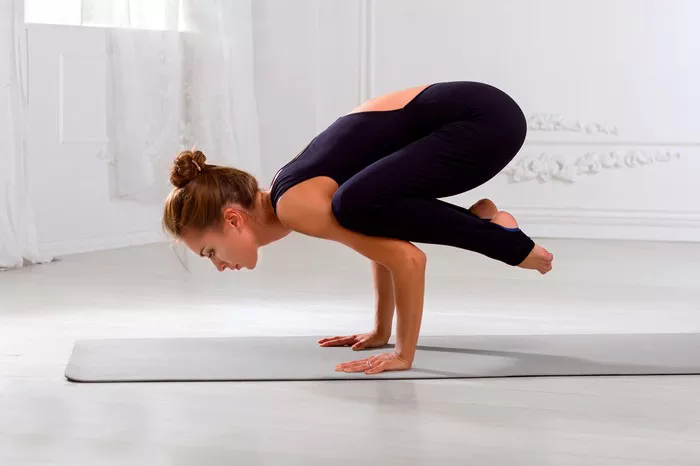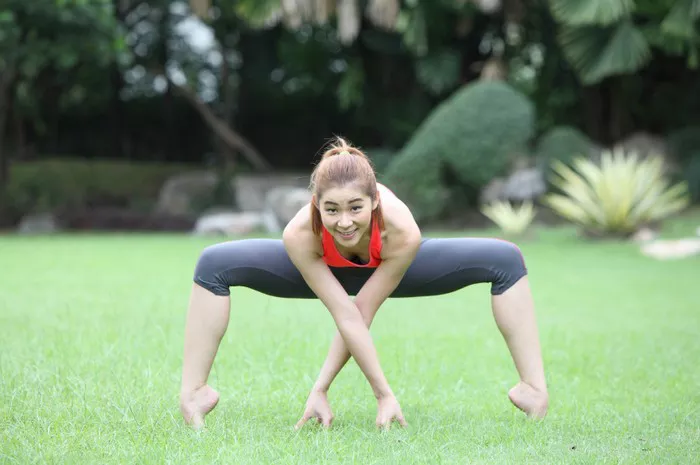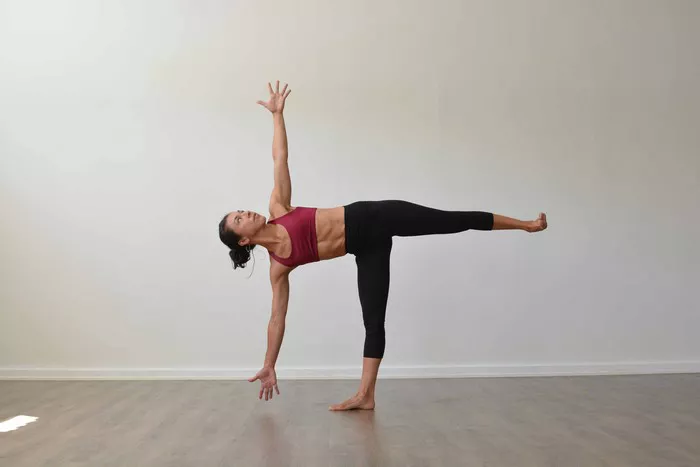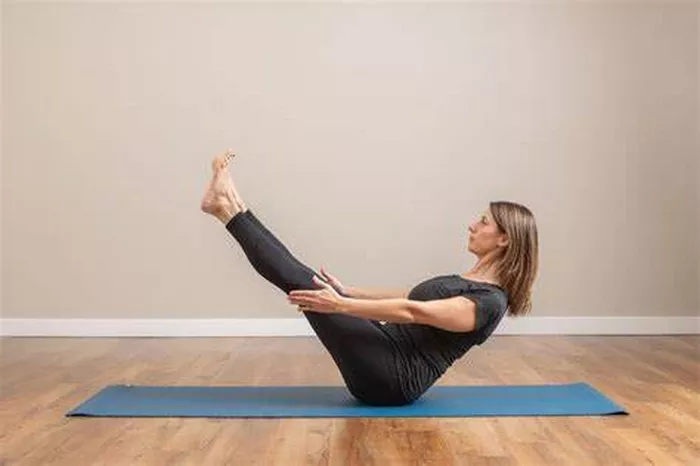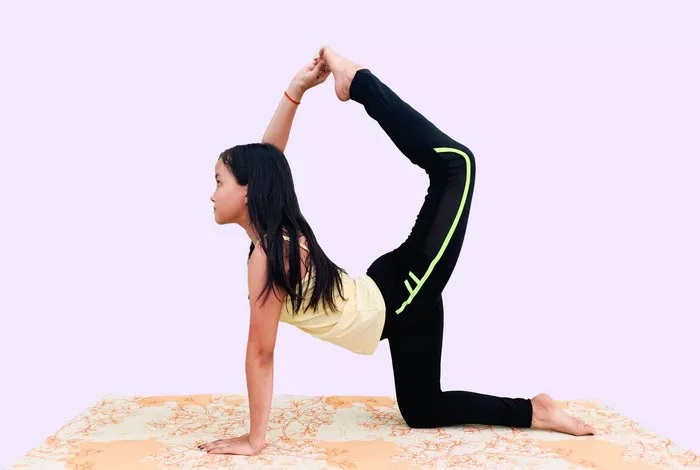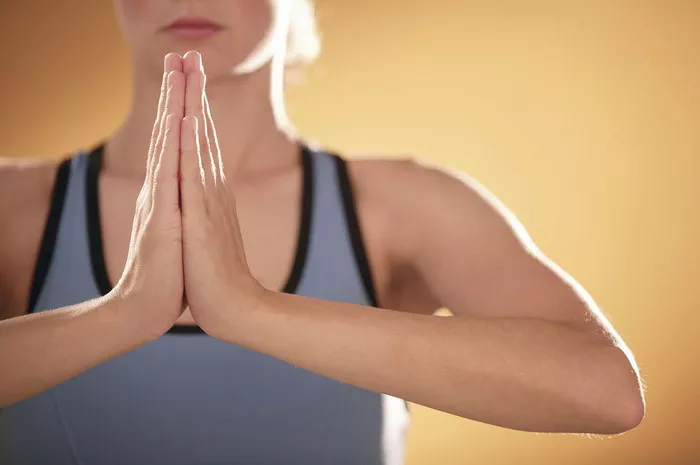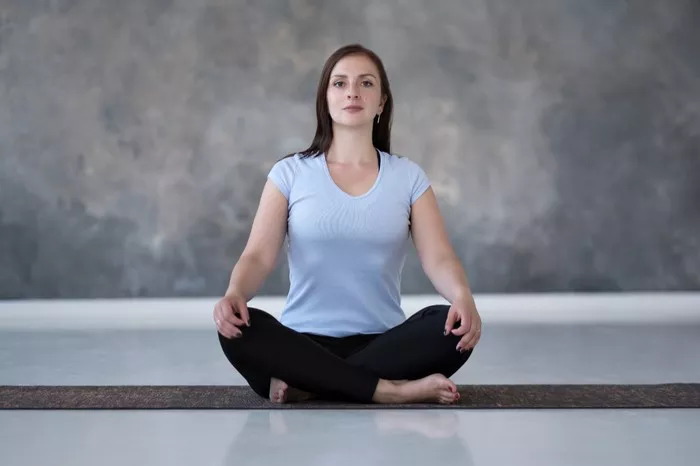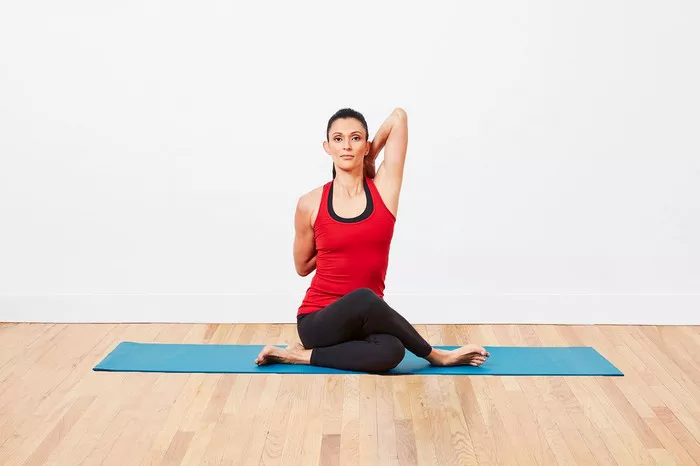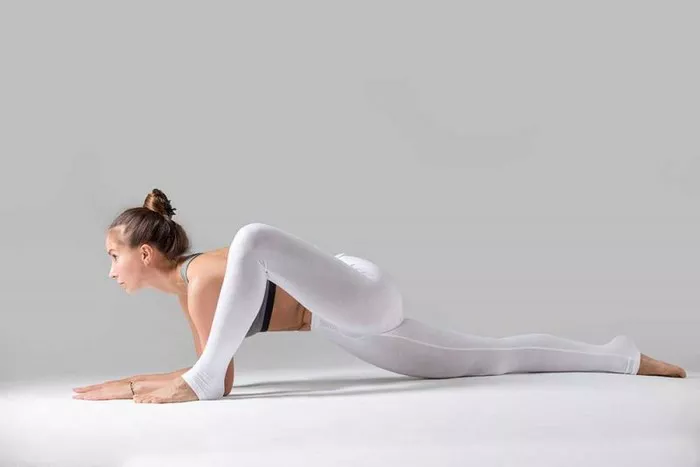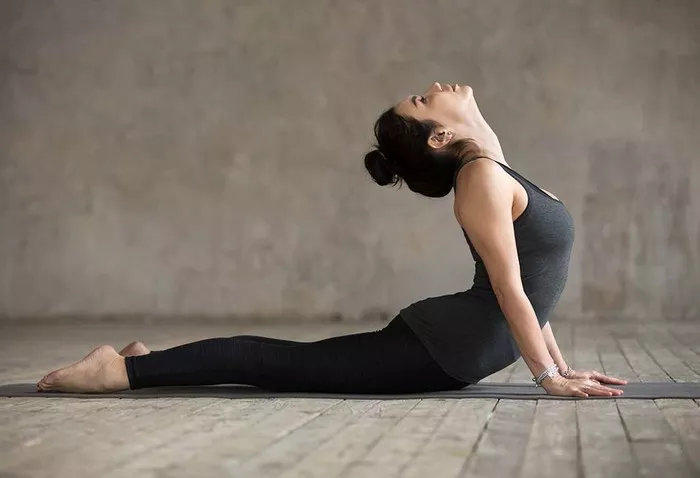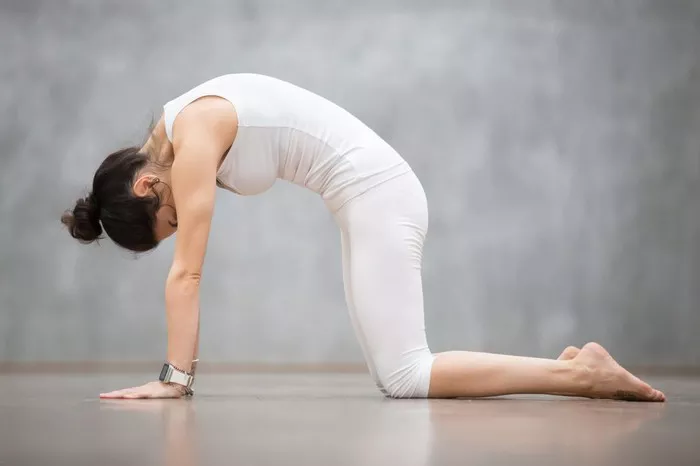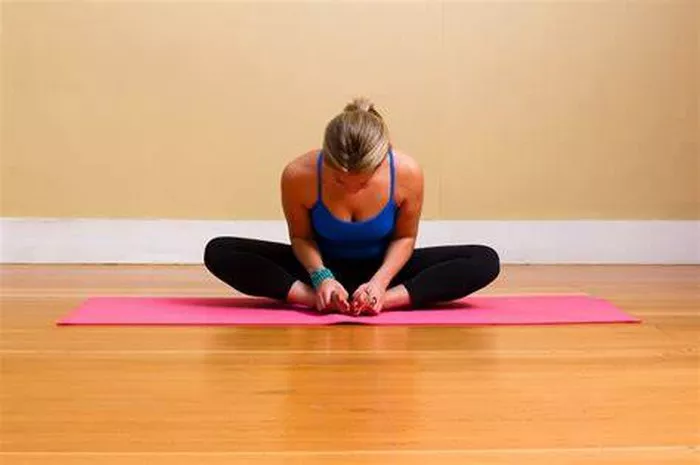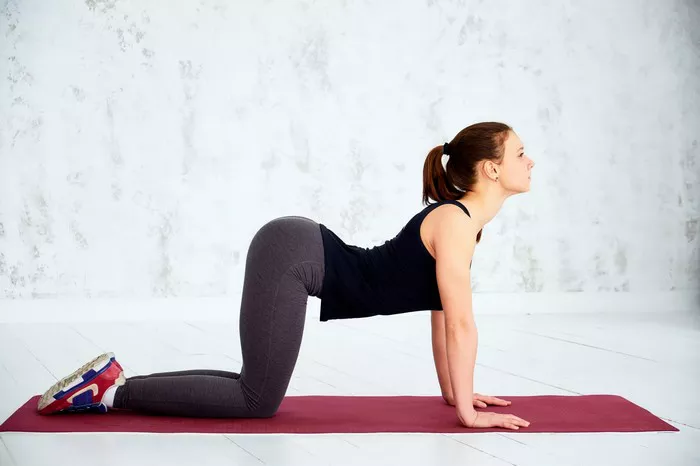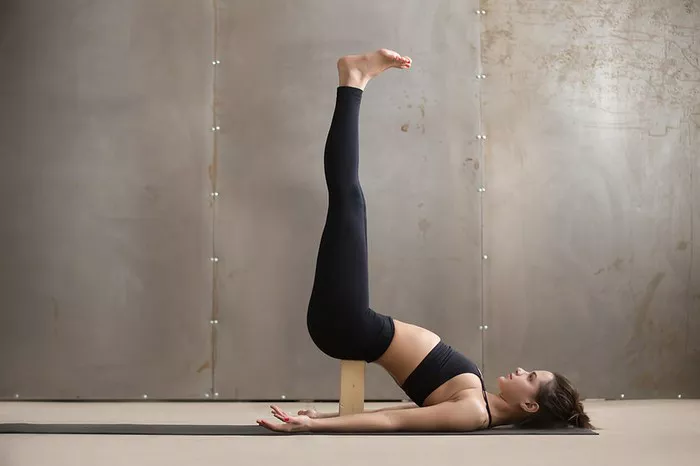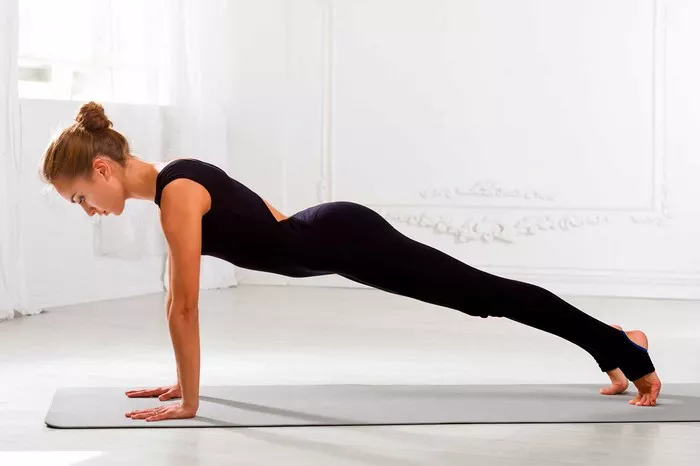Yoga is not only about physical movement but also about tapping into the deeper, energetic layers of our being. One of the fundamental principles of yoga is the understanding and alignment of chakras, which are the energy centers within the body. Each of these chakras influences different aspects of our physical, emotional, and spiritual well-being. With that in mind, some poses are designed to activate, balance, and open certain chakras. Among these poses, one that stands out in terms of physical strength, flexibility, and energetic balance is the Bird of Paradise Pose (Svarga Dvidasana).
In this article, we will explore the Bird of Paradise Pose, its benefits, and, most importantly, the specific chakra it activates. We will also delve into how to properly perform this pose and its effect on your energy system.
The Bird of Paradise Pose: An Overview
The Bird of Paradise Pose is a standing balance and flexibility pose that requires a combination of strength, balance, flexibility, and focus. Its name comes from the elegant and graceful shape the body forms while in the posture, resembling the beauty and fluidity of a bird in flight. The pose involves a deep stretch for the hamstrings, hips, and shoulders while also requiring an intense focus on core strength and stability.
Steps to Perform Bird of Paradise Pose:
- Begin in a standing position with your feet about hip-width apart.
- Bend your right knee deeply and bring your right leg up toward your chest.
- Reach your left hand around your right foot and grab it.
- Extend your right leg straight out in front of you, keeping it active and engaged.
- Reach your right hand up and back to grab your right foot from the front.
- Slowly and with control, start to open your chest while balancing on your left leg.
- Extend your right leg toward the ceiling, bringing your right arm into alignment with your leg.
- Focus on keeping your body open and centered, breathing deeply and evenly.
- Hold for a few breaths before slowly releasing and repeating on the other side.
While the pose might seem physically demanding, it offers numerous benefits. Not only does it stretch and strengthen various muscle groups, but it also provides an energetic and emotional uplift due to the specific chakra it targets.
The Chakras: An Introduction
To understand what chakra the Bird of Paradise Pose works on, it’s important to first review the concept of chakras in yoga. The word “chakra” comes from the Sanskrit word meaning “wheel” or “disk.” Chakras are energy centers that correspond to different areas of our physical, emotional, and spiritual well-being. There are seven main chakras in the human body, each associated with different organs, emotions, and psychological states.
These chakras are located along the spine, starting at the base of the spine and rising to the crown of the head. They are:
Root Chakra (Muladhara): Located at the base of the spine, this chakra represents stability, security, and groundedness.
Sacral Chakra (Svadhisthana): Located in the lower abdomen, it governs creativity, pleasure, and emotional balance.
Solar Plexus Chakra (Manipura): Situated above the navel, it is the center of personal power, self-esteem, and confidence.
Heart Chakra (Anahata): Located at the center of the chest, it represents love, compassion, and healing.
Throat Chakra (Vishuddha): Located in the throat area, it governs communication, self-expression, and truth.
Third Eye Chakra (Ajna): Located between the eyebrows, it is associated with intuition, insight, and wisdom.
Crown Chakra (Sahasrara): At the top of the head, it is the center of spiritual connection and enlightenment.
Each of these chakras influences different aspects of our being, and yoga poses can stimulate, balance, or activate these chakras to bring about healing or improvement in various areas of life.
The Bird of Paradise Pose and the Solar Plexus Chakra
The Bird of Paradise Pose primarily activates the Solar Plexus Chakra (Manipura). This chakra is associated with the area around the navel and the upper abdomen. The Solar Plexus Chakra is the center of personal power, self-confidence, self-esteem, and inner strength. It governs how we relate to the world in terms of our self-worth and autonomy.
Why the Solar Plexus Chakra?
The Bird of Paradise Pose, like many yoga poses, involves a combination of balance, strength, and flexibility. To maintain balance in this pose, one needs a strong core and a sense of inner stability. These qualities are directly related to the Solar Plexus Chakra. The active engagement of the abdominal muscles and the intense focus required to maintain the pose stimulate the Solar Plexus Chakra, bringing a sense of empowerment, confidence, and vitality.
When the Solar Plexus Chakra is balanced, we feel confident, self-assured, and able to take action in the world. On the other hand, when this chakra is blocked or unbalanced, it can lead to feelings of insecurity, low self-esteem, and a lack of direction.
In the Bird of Paradise Pose, the movement of extending the leg and reaching back for the foot creates an opening in the chest and upper body. This opening activates the Solar Plexus Chakra by fostering a sense of freedom, strength, and self-expression. In this way, the pose encourages not only physical alignment but also emotional empowerment.
How the Bird of Paradise Pose Opens the Solar Plexus Chakra
Core Strength Activation: As you lift your leg and balance on one foot, your core must engage to maintain stability. This activation stimulates the Solar Plexus Chakra, which is responsible for personal power and self-confidence.
Opening the Chest: The chest opening in the pose facilitates the free flow of energy in the upper body. By expanding the chest, you create space for your heart and Solar Plexus Chakra to open, leading to an increased sense of self-worth and empowerment.
Self-Expression: The act of balancing and reaching for your foot while maintaining an open chest requires focus and self-expression. The Solar Plexus Chakra governs our ability to express ourselves confidently and assertively, so practicing this pose helps cultivate that energy.
Releasing Tension: Many people hold tension in their core, especially in the stomach and abdomen, due to stress or anxiety. The Bird of Paradise Pose provides a deep stretch to these areas, encouraging the release of this tension and allowing the Solar Plexus Chakra to function more freely.
Other Chakras Activated by the Bird of Paradise Pose
While the primary focus of the Bird of Paradise Pose is on the Solar Plexus Chakra, other chakras are also engaged in this pose:
Root Chakra (Muladhara): The standing leg, which supports the entire body during the pose, is rooted to the earth, activating the Root Chakra. This provides stability and grounding, which is crucial for balance in the pose.
Heart Chakra (Anahata): The opening of the chest and the lifting of the arms stimulate the Heart Chakra. This fosters feelings of love, compassion, and connection, enhancing the emotional aspect of the pose.
Throat Chakra (Vishuddha): As you focus on maintaining alignment and breath control, you are encouraged to speak your truth and remain calm. This subtle action activates the Throat Chakra, which governs communication.
Benefits of the Bird of Paradise Pose
The Bird of Paradise Pose offers a wide range of benefits, both physical and energetic. These benefits include:
Improved Balance: The pose helps strengthen the muscles in your legs and core, improving your overall sense of balance.
Increased Flexibility: The stretch in the hamstrings, hips, and shoulders promotes greater flexibility and mobility in the body.
Core Strengthening: Engaging the core is key to maintaining stability in the pose, which in turn strengthens the abdominal muscles.
Better Posture: The chest opening and spinal alignment promote better posture, helping you stand taller and more confidently.
Emotional Empowerment: By activating the Solar Plexus Chakra, the pose fosters feelings of self-assurance, confidence, and inner strength.
Stress Relief: Stretching the body and focusing on the breath can help release built-up tension, providing a sense of relaxation and calm.
Conclusion
The Bird of Paradise Pose is a powerful yoga posture that not only strengthens and stretches the body but also activates and balances the Solar Plexus Chakra. By engaging in this pose, practitioners can tap into their personal power, boost their self-confidence, and experience a deep sense of inner strength. Through the physical effort and mental focus required in the pose, the Bird of Paradise becomes a dynamic tool for both physical and energetic transformation.
As with all yoga poses, it’s important to approach the Bird of Paradise Pose with patience and mindfulness. It may take time to build the necessary flexibility, balance, and strength to perform the pose fully, but with consistent practice, the benefits will unfold. And as you deepen your practice and connect more deeply with the Solar Plexus Chakra, you’ll likely experience a greater sense of empowerment and confidence both on and off the mat.
Incorporating the Bird of Paradise Pose into your practice can help open not only your body but also your energy centers, leading to a more balanced, empowered, and centered version of yourself.
Related Topics:

